Latest Posts

Photos from the COMSOL Conference 2013 Rotterdam
The COMSOL Conference 2013 Rotterdam attracted 418 multiphysics users from across Europe. It was the first time that our conference took place in the Netherlands and as a result, we saw a lot of new faces this year among the participants. I would like to thank everyone who attended the event for making it a wonderful experience and show you some impressions of the conference here on the blog.
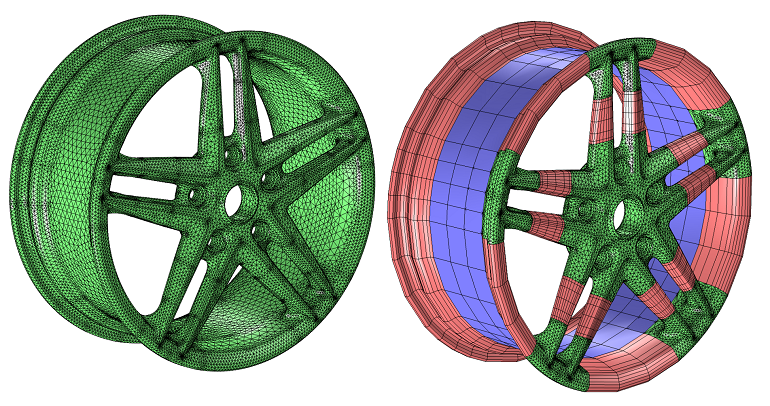
Meshing Your Geometry: When to Use the Various Element Types
In a previous blog entry, we introduced meshing considerations for linear static problems. One of the key concepts there was the idea of mesh convergence — as you refine the mesh, the solution will become more accurate. In this post, we will delve deeper into how to choose an appropriate mesh to start your mesh convergence studies for linear static finite element problems.

Philosophy of the Ribbon
Over the past few years, Microsoft® has introduced updates to the user interface (UI) for its Office programs. Microsoft® Office 2013 is all about being touch-screen friendly, and Microsoft® Office 2007 brought the Ribbon interface. The Microsoft® Ribbon was designed to be easier to use than the nested drop-down menus of yore. These days, it’s what we’re used to seeing when working with their tools — and we’ve come to appreciate the ease-of-use, guidance, and clear workflow overview it provides. […]

COMSOL Conference 2013 Rotterdam Award Winners
The COMSOL Conference 2013 Rotterdam came to an end last Friday. After dinner on the second day, six contributions were awarded for their outstanding work: three in the Best Paper category and three in the Best Poster category. The moderator of the awards ceremony — Belgian engineer, stand-up comedian, and COMSOL user — Filip Van den Abeele compared COMSOL Multiphysics to a Swiss Army Knife. After looking at the diversity of subjects that is displayed in the award winning papers […]

Photos from the COMSOL Conference 2013 Bangalore
This year, over 260 multiphysics enthusiasts joined us for the COMSOL Conference 2013 Bangalore. While we did see some familiar faces, it was exciting to see plenty of new users at the event. We were able to capture some of the good moments on camera, and would like to share a selection of the photos with you here on the blog.
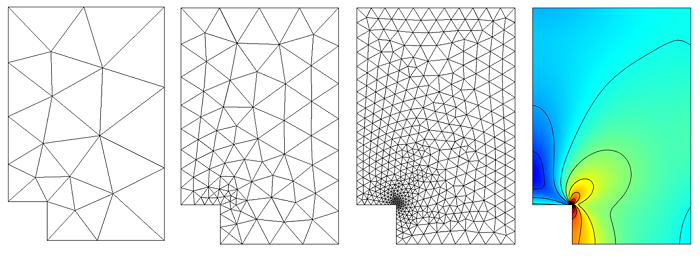
How to Identify and Resolve Singularities in the Model when Meshing
In our previous post on Meshing Considerations for Linear Static Problems, we found that, in the limit of mesh refinement, the solution to the finite element model would converge toward the true solution. We also saw that adaptive mesh refinement could be used to generate a mesh that would have smaller elements in regions where the error was higher, rather than simply using smaller elements everywhere in the model. In this post, we will examine a couple of common pitfalls […]
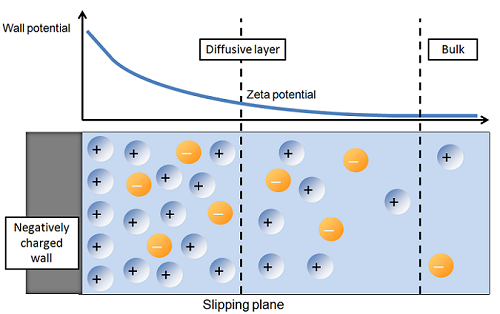
Modeling Electroosmotic Flow and the Electrical Double Layer
Microfluidic devices are so small that the micropumps and micromixers that control and mix the fluid inside the device cannot involve any moving components. Instead, they must take advantage of electroosmotic flow. Here, I will describe the concept of electroosmosis and the electrical double layer (EDL), and how to model these in COMSOL, walking you through two example models.

COMSOL Conference 2013 Bangalore Award Winners
After having excellent poster and oral presentation sessions at the COMSOL Conference 2013 Bangalore, winners for the top papers and posters were announced during the award ceremony. Selecting the best ones was indeed the toughest decision that the Program Committee had to make. It was observed that the presenters had conducted rigorous analyses using COMSOL Multiphysics, and many of them also had experimental validation for their work. Now I would like to congratulate the winners once more, and allow you […]

ABB Uses Electrostatic Simulation to Design Tap Changers
Households and industries alike depend on reliable electrical power. To serve the diverse power needs of end users and consumers, the electrical grid is undergoing a major overhaul to upgrade a technology that is over 100 years old. The new infrastructure — the smart grid — is being developed for reliable, economic, and environmentally friendly electrical systems. A great example of equipment for the smart grid comes from ABB. Along with many other products, ABB has introduced the world’s fastest […]

COMSOL Conference 2013 Bangalore Keynote Sessions
At the COMSOL Conference 2013 Bangalore we had three speakers who delivered each of their keynote talks to a full house. It was an interesting mix, with one speaker each from the government, academic, and corporate backgrounds. Here is a glimpse of what attendees got to listen to.
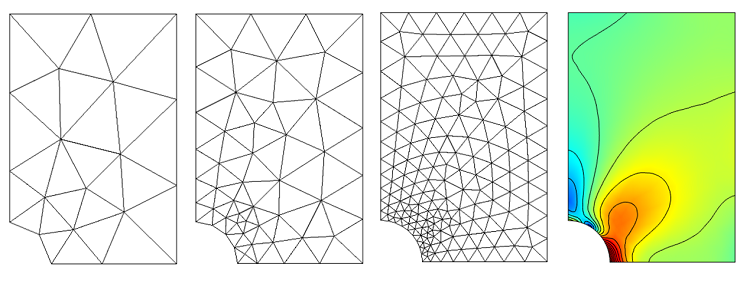
Meshing Considerations for Linear Static Problems
In this blog entry, we introduce meshing considerations for linear static finite element problems. This is the first in a series of postings on meshing techniques that is meant to provide guidance on how to approach the meshing of your finite element model with confidence.

Photos from the COMSOL Conference 2013 Boston
Thank you to everyone who came out to the COMSOL Conference 2013 Boston for making this year’s event superb as ever. Each year, it is great to see so many familiar faces and meet many new people. I would like to share some photos with you from the conference, here on the blog. Can you find yourself in any of the pictures?

Porous Media Flow Simulations for the Mining Industry with AMPHOS 21
The mining industry pre-dates sophisticated simulation software and the computers it runs on by thousands of years. As an essential modern industry, however, the technical and analytical capabilities offered by AMPHOS 21, a COMSOL Certified Consultant, are critical for both understanding and optimizing mine operations. Recently, we sponsored a webinar together with NASA Tech Briefs on “Mining and Hydrogeology: Porous Media Flow Simulations with COMSOL”, featuring environmental consultants Jorge Molinero and Elena Abarca from AMPHOS 21. Here are some of […]

COMSOL Conference 2013 Boston Keynote Speaker Round-Up
The COMSOL Conference 2013 Boston finished up on Friday last week. There were lots of excellent posters and user presentations, and some enriching conversations during the coffee breaks. On Thursday, our three keynote speakers took to the stage and treated us to each of their multiphysics simulation stories. Here’s a round-up of who presented and what they shared with the audience.
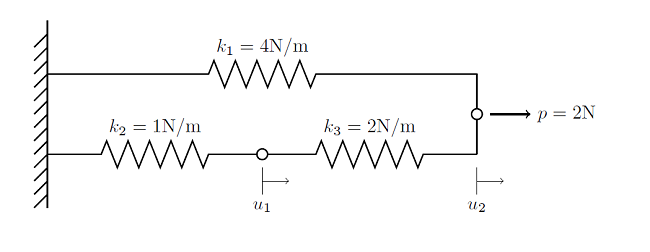
Solving Linear Static Finite Element Models
In this first blog entry of our new solver series, we describe the algorithm used to solve all linear static finite element problems. This information is presented in the context of a very simple 1D finite element problem, but is applicable for all cases, and is important for understanding more complex nonlinear and multiphysics solution techniques to be discussed in upcoming blog posts.

COMSOL Conference 2013 Boston Paper and Poster Winners
On Thursday evening of the COMSOL Conference 2013 Boston, winners of the top papers and posters were presented with their awards. Reading through their papers and posters, I noticed a common theme: they all included experimental validation of their simulation results. While modeling provides crucial insight and understanding, as well as the opportunity to design and optimize your applications and processes, its credibility often depends on whether results test well against known results. The award winners at the multiphysics conference […]
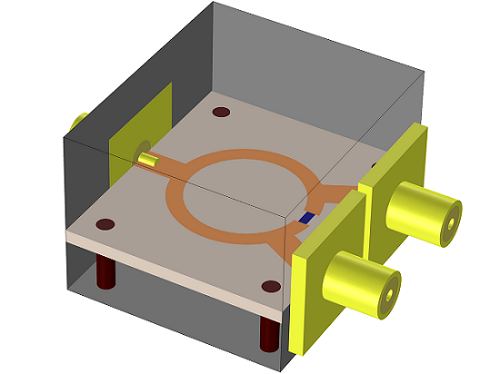
Wilkinson Power Divider Simulation
A Wilkinson power divider is a common three-port power splitter circuit that is used to split an input signal into two equal output signals, or to combine two signals into one. Unlike resistive or T-junction power dividers, a Wilkinson power divider allows for nearly complete isolation between the two ports and adds no resistive losses to the power split. Because of these characteristics, a Wilkinson divider is widely used in radio communication systems due to its ability to prevent crosstalk […]
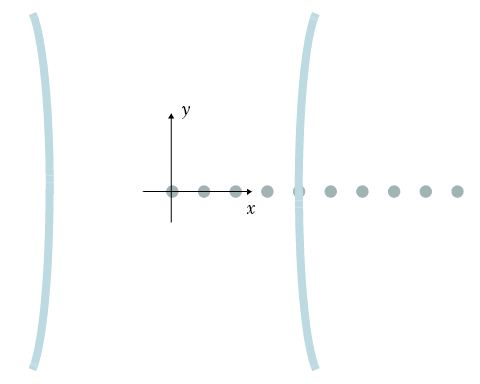
Gaussian Beam Striking an Array of Nanorods
A Gaussian beam that is striking an array of nanorods is an example of optical scattering. Consider metallic nanorods that are very close together and have a diameter much smaller than the wavelength of a Gaussian beam that falls upon them. If the beam were to be polarized along the rods, they would act as though they were not actually individual rods, but a sheet of metal. The array is nearly transparent to the wave when it is polarized perpendicular […]
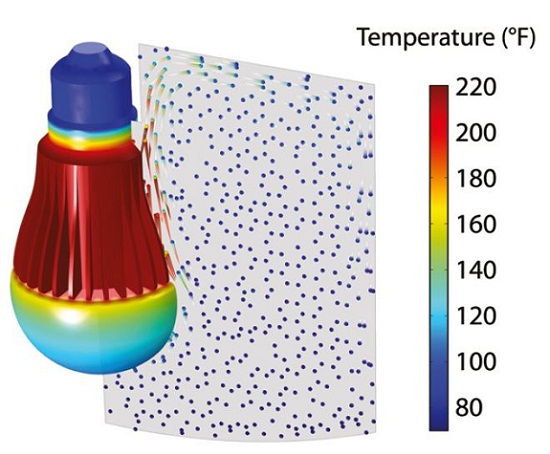
Veryst Engineering Simulates LED Lighting Designs
Last month, COMSOL Certified Consultant Veryst Engineering was featured in Software Tech Briefs, a special supplement to NASA Tech Briefs. Veryst is known to leverage multiphysics simulation software for analyzing LED lighting designs and other complex industrial problems. The project mentioned in the article focused on building a thermofluid-mechanical model of an LED light bulb in order to explore and optimize thermal management techniques within the bulb.
Integrated Circuit Design and the Photolithography Process
When designing products on the nanometer scale, physics interactions that are considered negligible on the larger scale make their presence known. One such case where these forces must be taken into account is in the design of integrated circuits, where understanding and optimizing the effects of van der Waals forces, attractive forces, and surface tension become vitally important to creating a robust design. As technological advancements call for both the size of integrated circuits to decrease and the density of […]
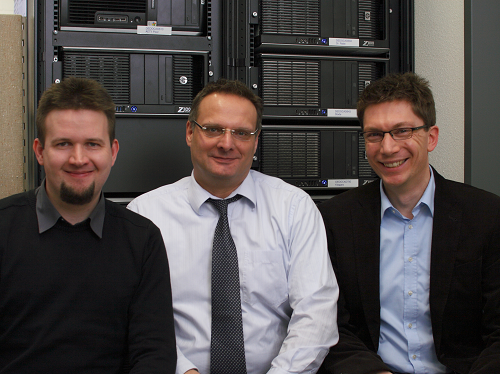
The Advantages of Mechatronic Simulation at KOSTAL
For 60 years, the technology manufacturer KOSTAL Group has been implementing various electrical systems in cars, making your driving experience more enjoyable. For instance, the Automotive Electrical Systems division of KOSTAL placed indicator switches near the steering wheel and created integrated-function push buttons. Over the years, their patents and designs have become more complex and revolutionary. Currently, they are working on optimizing the design of their roof modules for premium cars using mechatronic simulation.
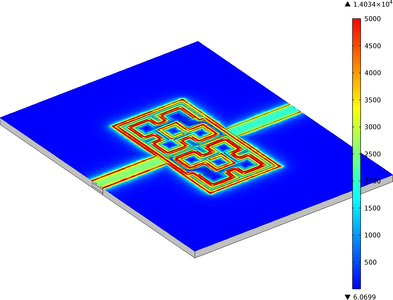
Spiral Resonator Filter Design Analysis
Wireless systems are growing increasingly thinner and more advanced. In order to keep this trend going, engineers must consider how to optimize the designs of the components that make up data transmission systems. One such component is the spiral resonator, which allows the system to communicate properly by filtering out unwanted frequencies and letting the appropriate ones through. Spiral resonator filter design can be analyzed and optimized using simulation software, as seen in a recent story from AltaSim Technologies.
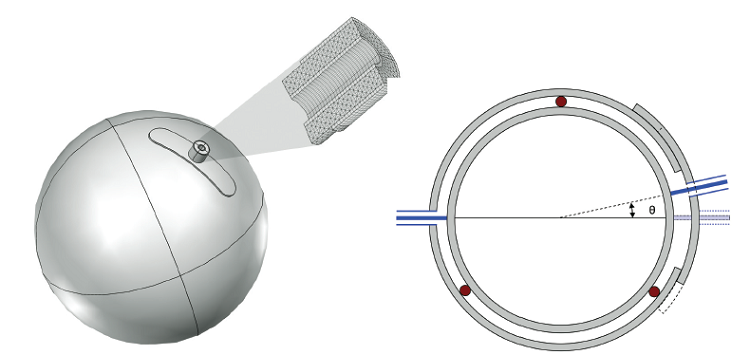
Perfect Imaging, From Theory to Reality via Simulations
Perfect imaging refers to the idea of producing images with details below the diffraction limit, where even the smallest elements can be resolved to unlimited sharpness regardless of the wavelength of light being used. While just a theory 150 years ago, research has brought us closer to reality over the years. Now, by way of simulation, researchers at Cedint Polytechnic University of Madrid in Spain are taking it one step further.
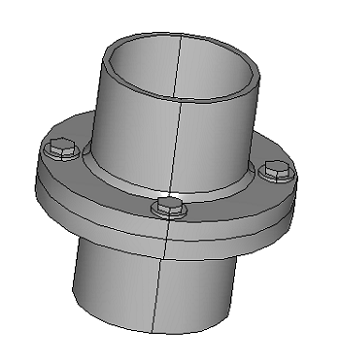
Simulating Tensile Stress in a Tube Connection with Prestressed Bolts
When analyzing a bolted joint, one thing to consider for an accurate analysis is the bolt pretension. With COMSOL Multiphysics, the effects of prestressing a bolt can be easily computed using the Bolt Pre-tension feature available in the Structural Mechanics Module. After modeling prestressed bolts, a further analysis can then be conducted on an external load applied to the structure. Here, we will explore how to include prestressed bolts in a tube connection model, and then carry out a stress […]
